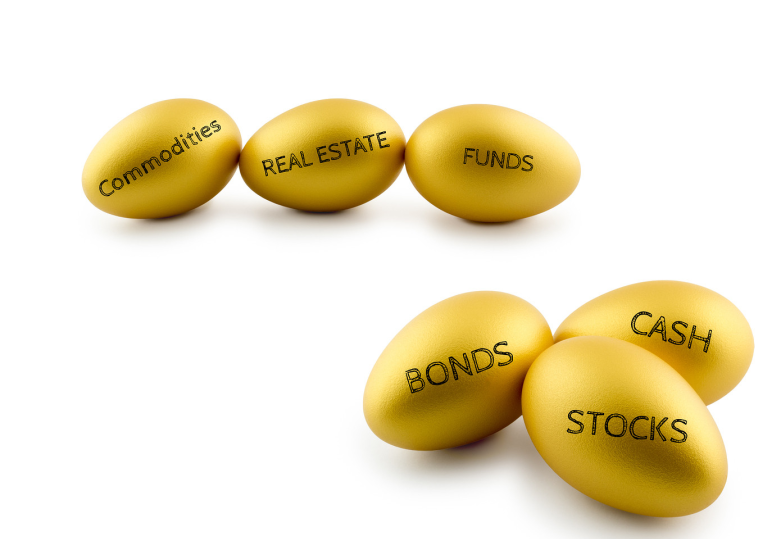One of the challenges that retirees face is equalizing their retirement income as a way to share and reduce the income tax bill.
One individual earning $80,000 a year will pay $18,260 in taxes, while 2 individuals earning $40,000 will pay only $6385 each. That's a total tax savings of $5490 for the couple and if the couple is age 65 or older, there's another age credit of about $1000 each. So, it's to your advantage to strategize as to the best way to do this. One of those ways is the spousal RRSP.
Keep in mind that this is an income strategy most useful to retirees before the age of 65. After age 65 an RRSP can be converted to a RRIF and then the RRIF income is splittable for income tax purposes. But, it's more cumbersome.
It's a good idea for couples to keep their RRSP accounts at a similar size to ensure tax savings. Here are some things to keep in mind:
1. Contribution room. I'll use Nancy and me as an example. I can only contribute to a spousal RRSP if I have contribution room available. I would get the tax deduction for the year that I make the contribution. Nancy could also contribute to her RRSP as well, based on her income and contribution room available. The only benefit of the spousal RRSP is at the time of withdrawal. Instead of the RRSP income being attributed to me, it's attributed to her and in effect, an income-splitting strategy to reduce our overall tax burden.
2. Attribution rules. There's a rule with spousal RRSP's that many people misunderstand. It's the 3-year rule. Basically, Nancy would have to wait 3 years after my last contribution to her spousal RRSP before she could take out any income from the RRSP. If the income is taken out within the 3-year window then it is attributed to me as income. So. it's important to plan ahead. There is an exception to this rule, upon the death of a contributing spouse or upon divorce.
Let me explain this in greater detail. If I make a contribution before the end of December 2021 then the earliest Nancy can take it out as income to be attributed to her is January 2024. If I wait until February 2022 to make my spousal RRSP contribution, then she would have to wait until January 2024 to take her first withdrawal and not have the income attributed back to me.
The whole point of a Spousal RRSP is that one spouse can contribute to an RRSP at a higher tax bracket and the spouse can eventually take it out at a lower tax bracket.
If you don't have the cash available to make an RRSP contribution consider taking money from a TFSA and putting it into an RRSP. Any TFSA withdrawal this year is available to be re-contributed next year.
Be careful how you plan.
The spousal RRSP is still a great income tax planning strategy for couples planning to retire prior to age 65, just keep in mind how the rules work and plan accordingly.
There are 2 other strategies where a spousal RRSP can provide a tax saving benefit:
1. An older spouse can contribute to a spousal RRSP up until the year the younger spouse turns 71. Provided you have RRSP contribution room you can make an RRSP contribution for your younger spouse, which can provide an excellent tax planning strategy and potentially reduce any OAS clawback.
2. A taxpayer's legal representative can make contributions to a spousal RRSP on behalf of a deceased taxpayer in the year of the taxpayer's death or within 60 days after the end of the taxation year in which the taxpayer dies.
Next Steps:
It's important in retirement to have a trusted advisor that you can work with for many years to come. Did you know that 55% of pre-retirees will change advisors when they transition to retirement? It's because they realize they need specialized planning with a focus on income generation, tax planning, and capital preservation.
If you are in or close to retirement and would like to meet with us to put together a retirement income plan, book time in our calendar for a meeting time.
Other questions you probably have:
1. How long will my money last?
2. How much can I spend each year and still have confidence that I won't run out of money?
3. When should I take CPP and OAS?
4. Which of my assets should I spend first to create tax-efficient income?
5. How much should I be saving now so that I can generate the income I'll want in retirement?
We can help you create a sustainable, predictable cash flow from your portfolio in the most tax-efficient manner to ensure you never have to worry about running out of money.
Click Here to learn more about our process for creating your financial roadmap for retirement, getting your total financial house in order, and living your ideal lifestyle.
Willis J Langford BA, MA, CFP
Nancy Langford CRS
Retirement Income, Investment & Tax Planning for The 55+
587-755-0159







